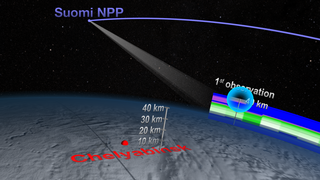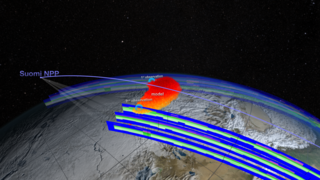Earth
ID: 11325
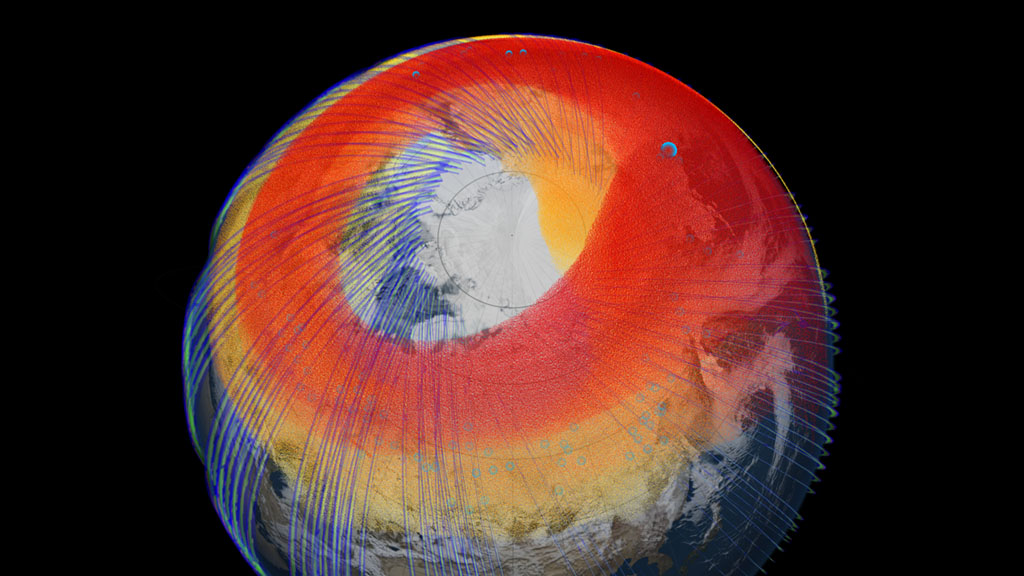
On February 15, 2013, a 59-foot-wide space rock weighing 24,000 pounds screamed into Earth's atmosphere and exploded over Chelyabinsk, Russia, in what became the largest known meteor explosion since the 1908 Tunguska event. Combining observations from the NASA-NOAA Suomi NPP satellite with atmospheric models, NASA scientists traced the trail of dust left behind by the meteor. The researchers found that a belt of dust traveling tens of miles above the surface encircled the Northern Hemisphere just four days after the explosion. The dust initially moved east along the stratospheric jet stream at a velocity of 190 mph. Over time, larger and heavier particles began to lose speed and altitude, while smaller and lighter particles stayed aloft. By May 2013, a thin but detectable dust plume persisted in the atmosphere. Watch the video to learn more.
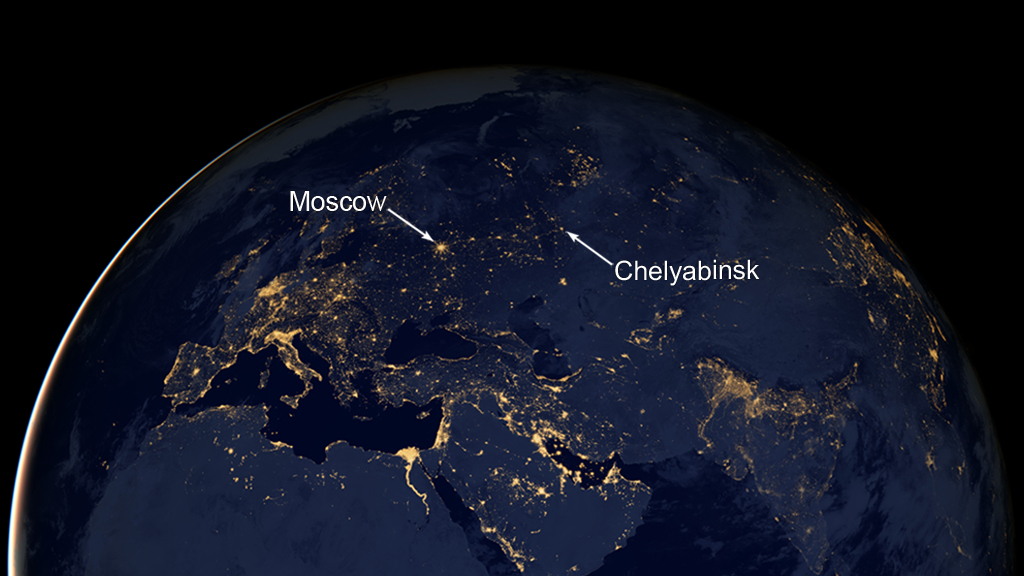
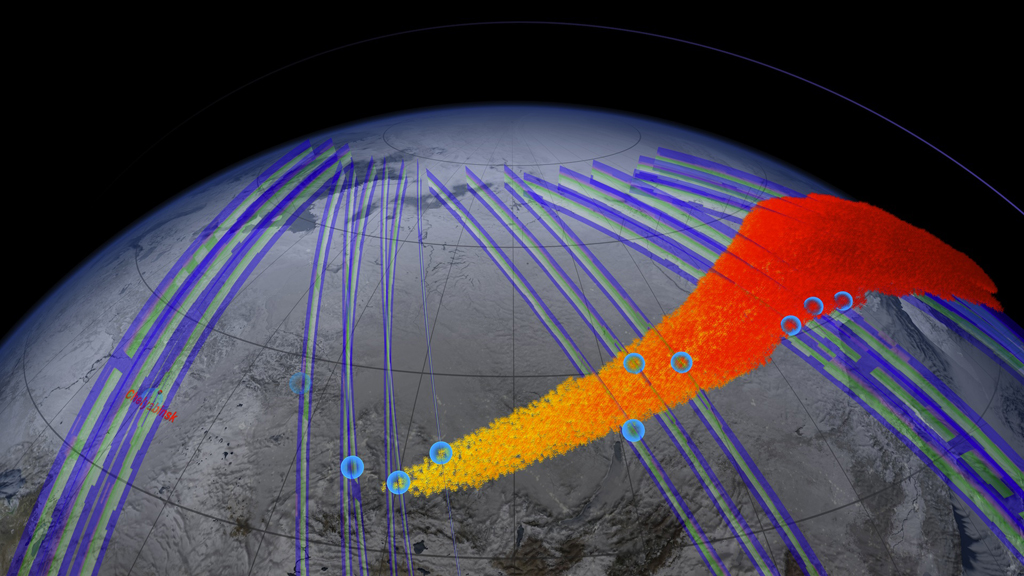
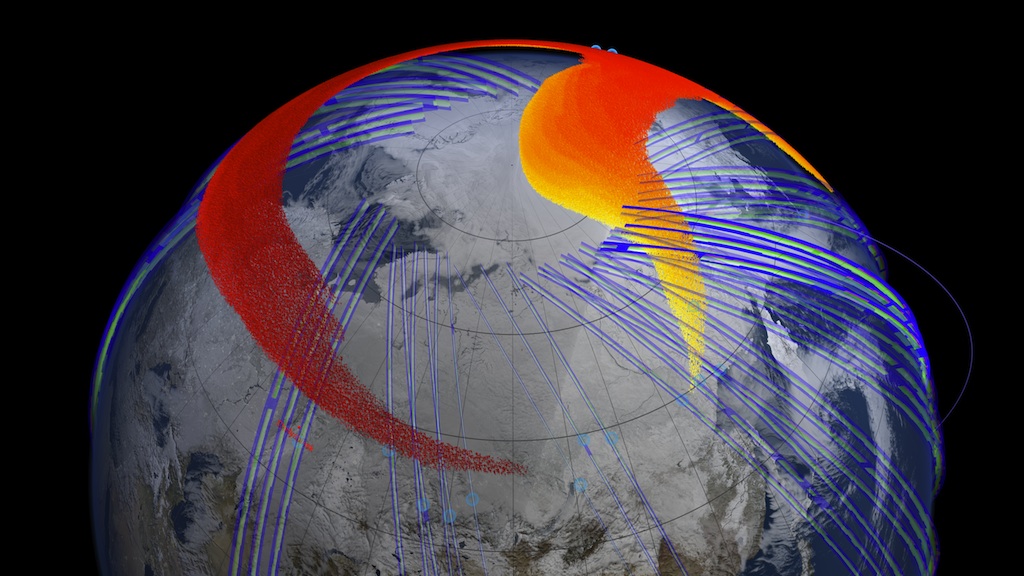
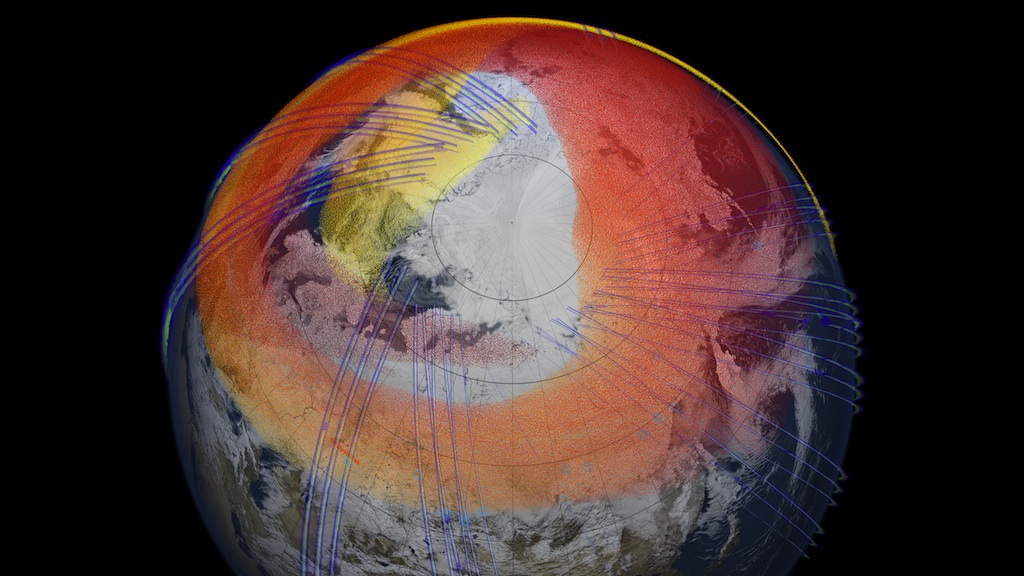
The Aftermath





Related Stories
For More Information
Story Credits
Visualizers/Animators:
Greg Shirah (NASA/GSFC)
Horace Mitchell (NASA/GSFC)
Video Editor:
Silvia Stoyanova (USRA)
Narration:
Silvia Stoyanova (USRA)
Narrator:
Mike Velle (HTSI)
Producer:
Silvia Stoyanova (USRA)
Lead Scientists:
Paul Newman (NASA/GSFC)
Nick Gorkavyi (SSAI)
Didier Rault (USRA)
Lead Writer:
Kathryn Hansen (Wyle Information Systems)
Greg Shirah (NASA/GSFC)
Horace Mitchell (NASA/GSFC)
Video Editor:
Silvia Stoyanova (USRA)
Narration:
Silvia Stoyanova (USRA)
Narrator:
Mike Velle (HTSI)
Producer:
Silvia Stoyanova (USRA)
Lead Scientists:
Paul Newman (NASA/GSFC)
Nick Gorkavyi (SSAI)
Didier Rault (USRA)
Lead Writer:
Kathryn Hansen (Wyle Information Systems)
Please give credit for this item to:
NASA's Goddard Space Flight Center
Nighttime Earth image courtesy of NASA Earth Observatory
NASA's Goddard Space Flight Center
Nighttime Earth image courtesy of NASA Earth Observatory
Short URL to share this page:
https://svs.gsfc.nasa.gov/11325
Keywords:
DLESE >> Narrated
SVS >> App
NASA Science >> Earth
https://svs.gsfc.nasa.gov/11325
Keywords:
DLESE >> Narrated
SVS >> App
NASA Science >> Earth
